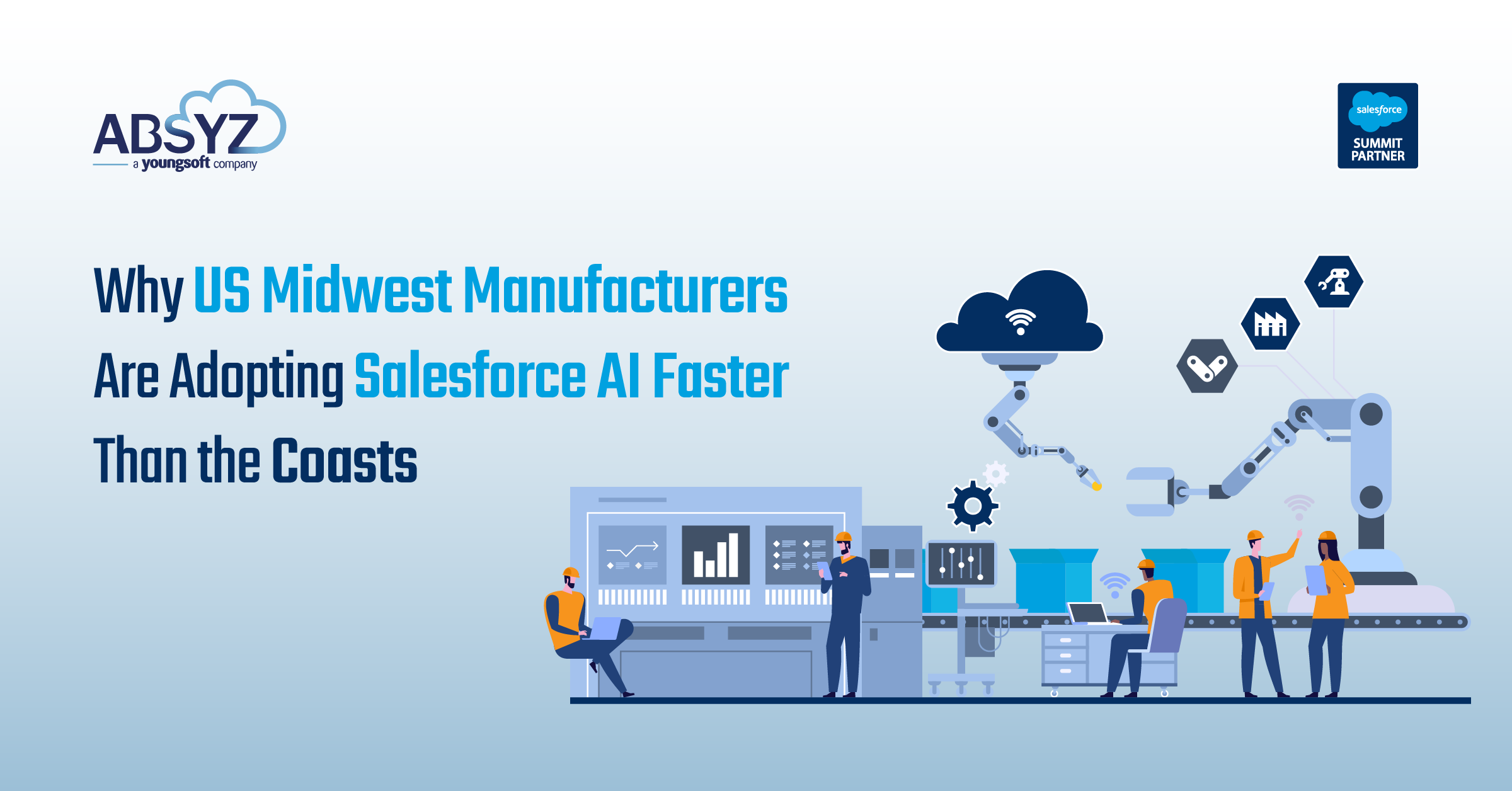Introduction
As Global Capability Centers (GCCs) scale and mature across India, the instinct to partner with large Indian IT service providers is understandable. Big vendors offer scale, brand comfort, and global execution playbooks. But here’s the reality most GCC leaders quietly acknowledge: scale doesn’t automatically translate to the right support structure in the formative years of a GCC journey. The core challenge? Mismatched scale and mismatched priorities.
As GCCs grow, they need partners who can keep pace with their pace, mindset, and evolution curve. This is where ‘right size, right fit’ specialist vendors step in, offering the reassurance of a tailored approach that aligns with their specific needs and growth trajectory.
Let’s break down why:
1. One-Size-Fits-All Doesn’t Fit a GCC
Large IT firms are built for volume, process, and repeatability. Their operating model works brilliantly for Fortune 100 clients with fully-scaled offshore execution centers.
But early-stage or scaling GCCs operate differently. They need:
- Faster decision cycles
- Hands-on leadership attention
- Highly tailored solutions
- Startup-like agility with enterprise discipline
Whether building a Salesforce CoE, piloting AI operations, or setting up data engineering pods, GCCs require partners who move quickly and understand the maturity curve, rather than forcing them into a one-speed delivery model. This is where niche firms shine, offering flexible engagement models, faster iteration, and tighter alignment to business goals.
Niche firms thrive here, offering flexible engagement models, faster iteration, and tighter alignment to business goals.
2. Continuity Over Rotation
GCCs are knowledge ecosystems — institutional memory matters. The first few years define culture, capability, DNA, and technical depth.
Large vendors often rotate people to optimize and address internal priorities. It’s not personal — it’s simply their model.
Niche firms, on the other hand, typically:
- Offer stable, invested teams
- Retain the project context deeply.
- Build knowledge ownership over time.
This continuity compounds value. In platforms like Salesforce, ServiceNow, MuleSoft, and data engineering, stability is a force multiplier.
3. Priority and Attention — Not Just Allocation
Let’s call it out — a $1M–$2M account is meaningful for a niche specialist, but barely registers in a $10B firm’s portfolio.
That shows up in:
- Talent assignments
- Leadership involvement
- Onboarding speed
- Proactive problem-solving
GCCs often need partners who treat them as strategic, rather than just “one more delivery pod.” Especially when the goal is to move fast and build internal capability with the right guidance.
4. Cost vs. Value — The Hidden Productivity Layer
Big IT may seem cheaper at first glance, but GCC leaders often find costs rising due to:
- Higher overheads are baked into resource pricing
- Longer ramp-up cycles
- Standardized resource pools instead of specialists
- Productivity dilution due to model complexity
Right-fit boutique firms tend to deliver:
- Higher productivity per dollar
- Faster execution
- Direct access to senior experts
- Lower transition and alignment friction
The output-per-dollar ratio almost always tilts toward niche specialists in capability-building phases.
5. Capability Building Needs Craftsmanship
GCCs don’t just “deliver tasks.” They build strategic capability layers, engineering excellence, product thinking, platform depth, and automation DNA.
For programs like:
- Salesforce Transformation
- AI-enabled enterprise workflows
- Data platform build-outs
- CX engineering
- Cloud modernization pods
You need partners who live and breathe that capability, not just staff it.
Niche firms are usually led by practitioners, people who have solved these problems hands-on and aren’t learning on your watch.
Bottom Line: Fit Beats Fame
In the GCC ecosystem, success isn’t about who has the biggest bench — it’s about who has the best alignment, execution maturity, and flexibility.
Often, it’s not one giant partner vs. the world — but a curated mix of 2–4 “right-fit” partners who:
- Scale with you
- Understand your roadmap
- Embed into your culture
- Prioritize outcomes over optics
- Bring depth without bureaucracy
For GCCs, the right-sized partner isn’t a compromise — it’s a strategic advantage.
Choose partners who accelerate your journey, not those who scale over you.
A Quick Checklist for GCC Vendor Selection
| Criteria | Large IT Vendor | Niche IT Partner |
|---|---|---|
| Speed & agility | Low | High |
| Leadership access | Limited | Direct |
| Knowledge retention | Weak | Strong |
| Innovation & pilots | Slow | Fast |
| Fit for early-stage GCCs | Low | High |
| Cost-to-value ratio | Often diluted | Strong |
Build With the Right-Fit Partner
If you’re a GCC leader building Salesforce, AI, Data, or Digital experience capabilities and looking for a partner who moves at your speed, let’s talk.
At ABSYZ, we’ve helped growing capability centers scale faster with:
- Dedicated expert pods
- Strategic CoE advisory
- On-demand talent expansion
- Platform-specific delivery excellence
We don’t just deliver for GCCs, we scale with them.
Let’s explore how the right-fit partnership can accelerate your GCC’s next chapter.
Connect with us. Let’s build smarter!
Author: Pramukh Desai


















